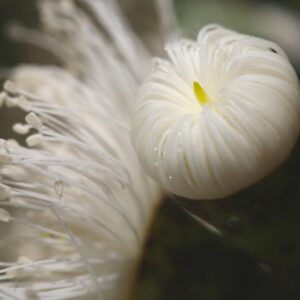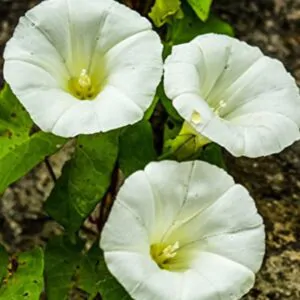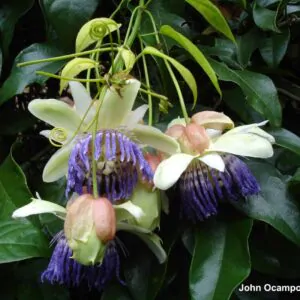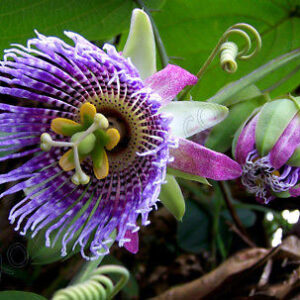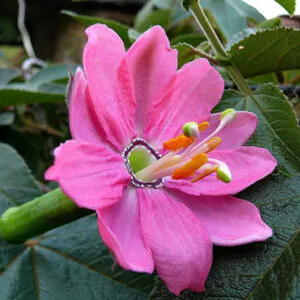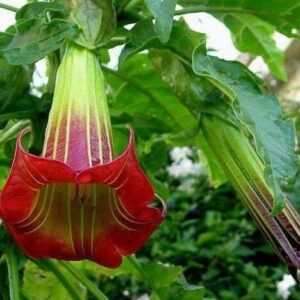$4.27
/ per pack
Choose seeds per pack:
Botanical Nomenclature: Muntingia calabura / Muntingia rosea
Common name: Cotton Candy Berry, Calabur Tree, Capulin, Festival Berry, Jamaica Cherry, Panama Berry, Strawberry Tree, Ornamental Cherry, Jamfruit Tree, Singapore Cherry, West Indian Cherry
Family: Muntingiaceae
Division: Magnoliophyta
Class: Magnoliopsida
Order: Malvales
Genre: Muntingia
This is a very fast-growing tree reaching 7.5-12 m. in height, with spreading, nearly horizontal branches. The leaves are oblong and pointed at the ends 5-12.5 cm long, dark-green on the upper surface, and somewhat hairy on the underside.. The flowers grow in 2’s or 3’s from where leaf attaches to the branch. The flowers are tiny, 1.25-2 cm wide, and last less than a day, typically dropping off the tree in the afternoon! Each tree produces many round, small (1-1.25 cm) fruits, with red or sometimes yellow, smooth, thin skin. The fruits are very sweet and delicious, comparable in taste to a fig, and contain many tiny seeds
Geographic Distribution
The Muntingia calabura is indigenous to southern Mexico, Central America, tropical South America, the Greater Antilles, St. Vincent and Trinidad. It is widely cultivated in warm areas of the New World and in India, Southeast Asia, Malaya, Indonesia, Philippines, and the Thailand.
Food Uses
The Muntingia calabura is widely eaten by children out-of-hand, though it is somewhat sticky to handle. It is often cooked in tarts and made into jam.
The leaf infusion is drunk as a tea-like beverage.
Medicinal Uses
The flowers are said to possess antiseptic properties. An infusion of the flowers is valued as an antispasmodic. It is taken to relieve headache and the first symptoms of a cold.
Other Uses
Wood: The sapwood is yellowish, the heartwood red-dish-brown, firm, compact, fine-grained, moderately strong, light in weight, durable indoors, easily worked, and useful for interior sheathing, small boxes, casks, and general carpentry. It is valued mostly as fuel, for it ignites quickly, burns with intense heat and gives off very little smoke. Jamaicans seek out trees blown down by storms, let them dry for a while and then cut them up, preferring this to any other wood for cooking. It is being evaluated in Brazil as a source of paper pulp.
Bark: The bark is commonly used for lashing together the supports of rural houses. It yields a very strong, soft fiber for twine and large ropes.
Ecology
Typical pioneer species on disturbed sites in tropical lowlands up to 1,000 m altitude, preferably on slightly acid soil.
Hardiness Zone: 9, 10
Sun Requirement: Full Sun, Semi-Shade
Water Requirement: Moderate
Minimum Temperature Indoors: 60 F
| Weight | N/A |
|---|
